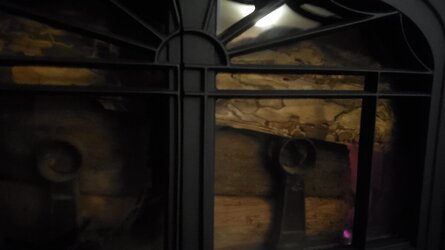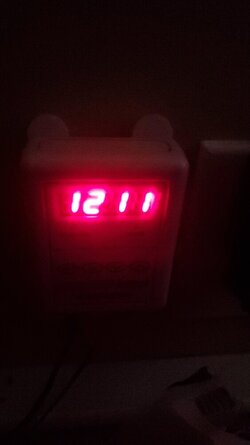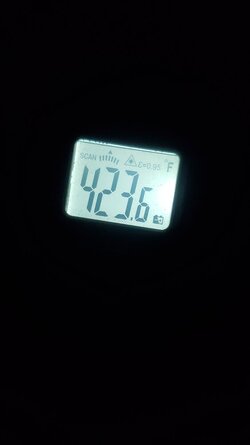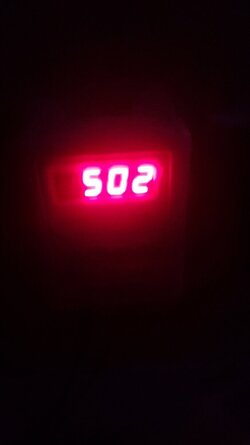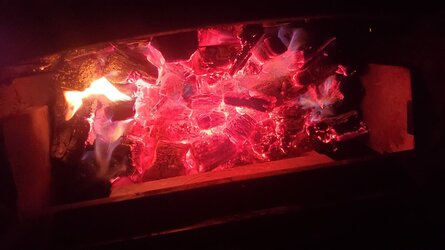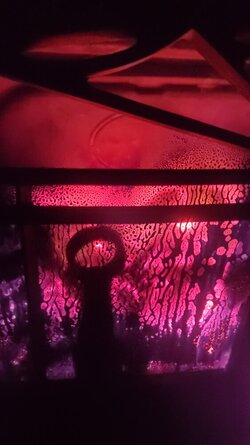arnermd
Minister of Fire
That's the million dollar question.... would love to hear from VC on this....At what cat temp should one start to get concerned?
My warm start yesterday morning burning off the glass, attached. I only add 2-3 splits at a time during the day to try to not over heat the house, but my house temp got into the upper 70s. Had to crack a window!
View attachment 319599
My alarm setpoint varies as the burn season progresses.... Early on I set it for 1450, then I get annoyed with it going off all the time and I raise it to 1500. After a few nights of it going off at 2am I raise it to 1550 and when cold weather drives me to full loads it ends up at 1600....


